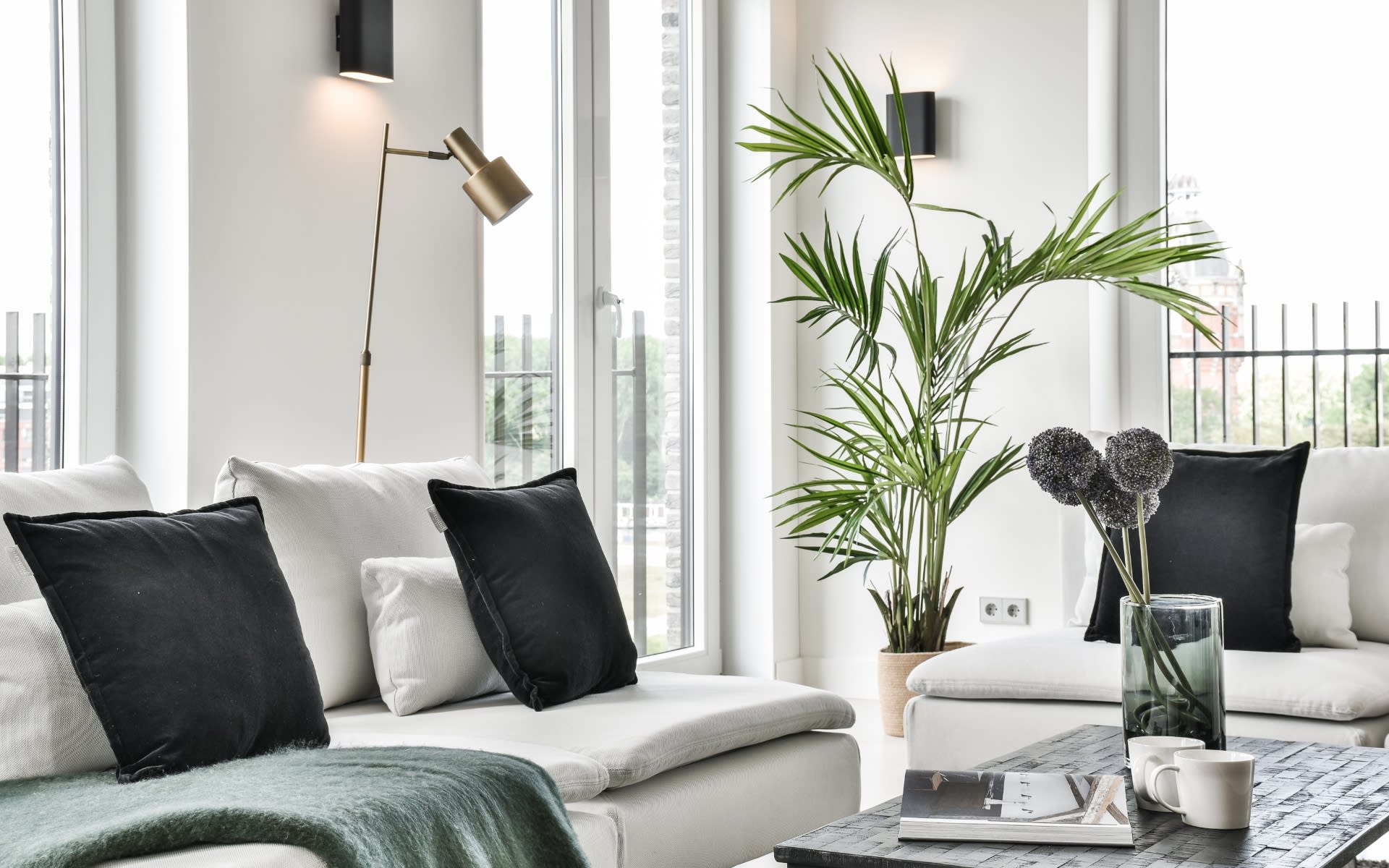With home prices growing twice as fast as incomes and mortgage rates at a 23-year high, few are surprised that housing activity has slowed. What may be surprising is sales of newly built homes are bucking the trend and showing remarkable resilience, according to reports from John Burns Research & Consulting (JBRC) and the National Association of Home Builders.
Sales of newly built, single family homes climbed 12.3% in September with the pace of new home sales surging 33.9% compared to the same month a year ago. Researchers attribute the gains to low existing home inventory.
Figures from the Department of Housing and Urban Development and the U.S. Census Bureau indicate housing starts increased 7% in September. The new construction segment accounted for nearly one-third (31%) of homes available for sale in August, up from a historical average in the 12% to 14% range.
“It’s all about the rate buydown,” explained consultants at the Burns firm.
In a recent report, researchers with John Burns Research & Consulting compared changes in income, home prices and mortgage payments from 2000 to September 2023. They found incomes increased 13%, home prices rose 28%, and mortgage payments spiked 89%.
To attract and assist buyers who desire lower monthly payments, builders are offering mortgage rate buydowns.
A Burns survey of more than a hundred production builders revealed 60% are using rate buydowns, with 30% of them offering full-term 30-year buydowns. Builders told the researchers that temporary rate buydowns for the first 1-to-3 years of the mortgage do not solve the affordability problem.
Changes to buydown programs are also in play. Whereas buyers could once qualify for monthly payments calculated with a “teaser” rate (an initial low interest rate that eventually rose), the great financial crisis prompted the Consumer Financial Protection Bureau to establish new rules to measure buyers’ ability to pay their mortgage payment. Now, homebuyers must qualify for monthly payments calculated with the highest rate that occurs during the mortgage term rather than a teaser rate.
Builders may still prepay part of a buyer’s interest rate to buy down the mortgage rate. That cost can be up to 6% of the home sales price. With other techniques, such as 3-2-1 buydown or 2-1 buydown, the builder cost is lower.
In their analysis of builder buydowns, researchers called forward commitments the “secret sauce” in new home sales. JBRC describes a forward commitment as a block of money that builders use to originate mortgages at below-market rates. Such loan commitments typically have predetermined proceeds, term, interest rate, and loan documents and enable the parties to the planned transaction to reduce the risks and uncertainties.
Because the builder pays the cost of the below-market rate mortgage before buyers sign purchase agreements, that cost does not count towards the seller contribution cap. Additionally, builders sometimes “help buyers by covering their closing costs or contributing options and upgrade in tandem with originating a mortgage with predictable and affordable payments,” the consultants explained.
Using this “secret sauce,” buyers benefit from lower monthly payments as well as limited, if any, closing costs. This may enable some to make a higher down payment.
In addition to buydowns, builders are using other incentives to attract buyers and avoid sale cancelations. A recent NAHB/Wells Fargo Housing Market Index found the most prominent incentive is to pay closing costs of fees. That technique is being used by 34% of survey respondents.
About 32% of builders said they have cut home prices to help boost sales or limit cancelations. Some 38% said they reduced prices by 6% or more.
Other popular incentives builders are using include offering options at no or reduced cost and absorbing financing points for buyers.
“New home sales surged in September largely due to the low existing home inventory rate, as many homeowners with attractive mortgage rates are electing to stay put rather than purchase a move-up home with a much higher interest rate,” said Danushka Nanayakkara-Skillington, NAHB’s assistant vice president for forecasting and analysis. “To compensate for this high interest rate environment, more builders are building smaller homes, which has resulted in a decline in the median new home price.”
NAHB said the median new home sale price in September was $418,800, down 3.3% from last month, and down 12.3% compared to a year ago. The homebuilders’ group attribute low pricing due to both the user of incentives and a shift towards building slightly smaller homes.

